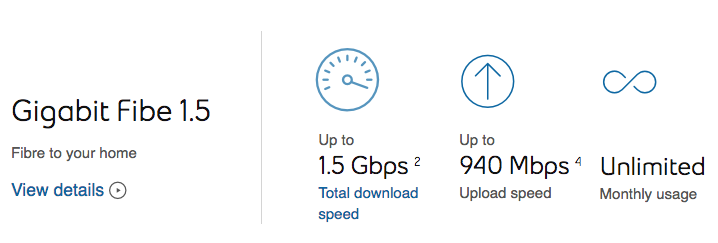How To Crack Bell Fibe Tv

Dec 16, 2016 - Rogers scraps in-house IPTV plan, delays response to Bell's Fibe TV. Already late response to BCE's Bell Fibe TV, which has been winning television. Competition Bureau says new rules may be needed to crack down on. How to activate world in conflict console.
Rogers Communications Inc. Is walking away from its in-house efforts to build a next-generation television platform, taking a charge of up to $525-million in the process and pressing pause on its plans to go hard at rival BCE Inc. For more of the TV market. Rogers said Friday it is putting a halt to five years of investing in its own Internet Protocol television (IPTV) product – a project internally dubbed 'Eclipse' – and instead partnering with Comcast Corp.
To license the U.S. Cable giant's well regarded X1 cloud-based TV platform. But while Rogers planned to launch IPTV shortly, the X1 rollout won't happen until early 2018, further delaying its already late response to BCE's Bell Fibe TV, which has been winning television market share in Rogers's key Ontario market as well as parts of Atlantic Canada for years. The decision by Toronto-based Rogers to license an off-the-shelf platform follows similar moves by its Canadian cable peers, but they made the painful changes sooner, took smaller financial hits and are further along the path toward offering competitive alternatives to the IPTV products of telephone-company rivals. In the long run, licensing Comcast technology is the right move and had to be done, said BMO Nesbitt Burns Inc.
Analyst Tim Casey. Yet the benefits of partnering with a North American market leader with scale and experience were evident for two years and 'previous management at Rogers elected to go it alone,' he said, referencing ousted chief executive officer Guy Laurence, who left the company in October. 'This strategy belongs to the former management team,' Mr. Casey said in a report on Friday.
'But we believe the buck has to stop somewhere and that it is ultimately the board who bears responsibility for this development.' Before he left, Mr. Laurence had demonstrated the in-house product to industry analysts – who gave it good reviews – and was still planning the launch for the end of this year or early 2017.
He said in July that 'a significantly enhanced video product' was central to a 'turnaround' in the television business and key to reversing the trend of TV subscriber losses. Telephone companies didn't traditionally sell television – apart from satellite options in some cases – but introduced IPTV as an alternative to cable TV almost a decade ago. As IPTV platforms became more advanced over the past five years, customers were increasingly drawn to features such as easy-to-use recording, pause and restart, wireless connectivity for additional TV sets and the choice of watching 'what's trending.' Cable companies have struggled to respond with their own upgraded television products when there were no off-the-shelf options. But as time went on and alternatives became available, Montreal's Cogeco Communications Inc. And Calgary-based Shaw Communications Inc. Both abandoned their own in-house development efforts and went with U.S.
Cogeco incurred a $32-million writedown in 2014 and began offering the TiVo product, while Shaw took a $55-million charge last year and has partnered with Comcast on the X1 platform and begun rolling out elements of the service. Meanwhile, Rogers's in-house effort dragged on for years and missed numerous deadlines as the company's engineering team co-ordinated with a web of external vendors responsible for a wide array of network and hardware components. It is understood that about 1,000 people worked on the project, although only about 140 of those were Rogers employees, most of whom are expected to be reassigned elsewhere in the TV division. The company will now take a 'pre-tax, non-cash asset impairment charge in the range of $475-million to $525-million' in the fourth quarter of this year. Rogers spokesman Aaron Lazarus said in an interview that going with an off-the-shelf platform is 'something we've been looking at since 2015,' but the company only acted now because 'it was a matter of looking at how the technology was evolving, how we were doing with our program, and making the deal happen [with Comcast].' Lazarus said the scale of Comcast, which is a major player in the much larger U.S. Market and has about 6,000 employees working on this technology, was a compelling factor not just for the initial technology, but for the ability to quickly make improvements and updates going forward.
The demise of Rogers's own IPTV development was not a factor in Mr. Laurence's departure in October (long-time Rogers family adviser and chairman of the board Alan Horn stepped in on an interim basis until former Telus CEO Joe Natale can take the role free and clear of non-compete concerns), according to Mr. 'This was about making the right long-term decision for our customers.'